Home>Articles>What Should You Do If You See Flames In An Electric Skillet Or Pan On The Cooktop
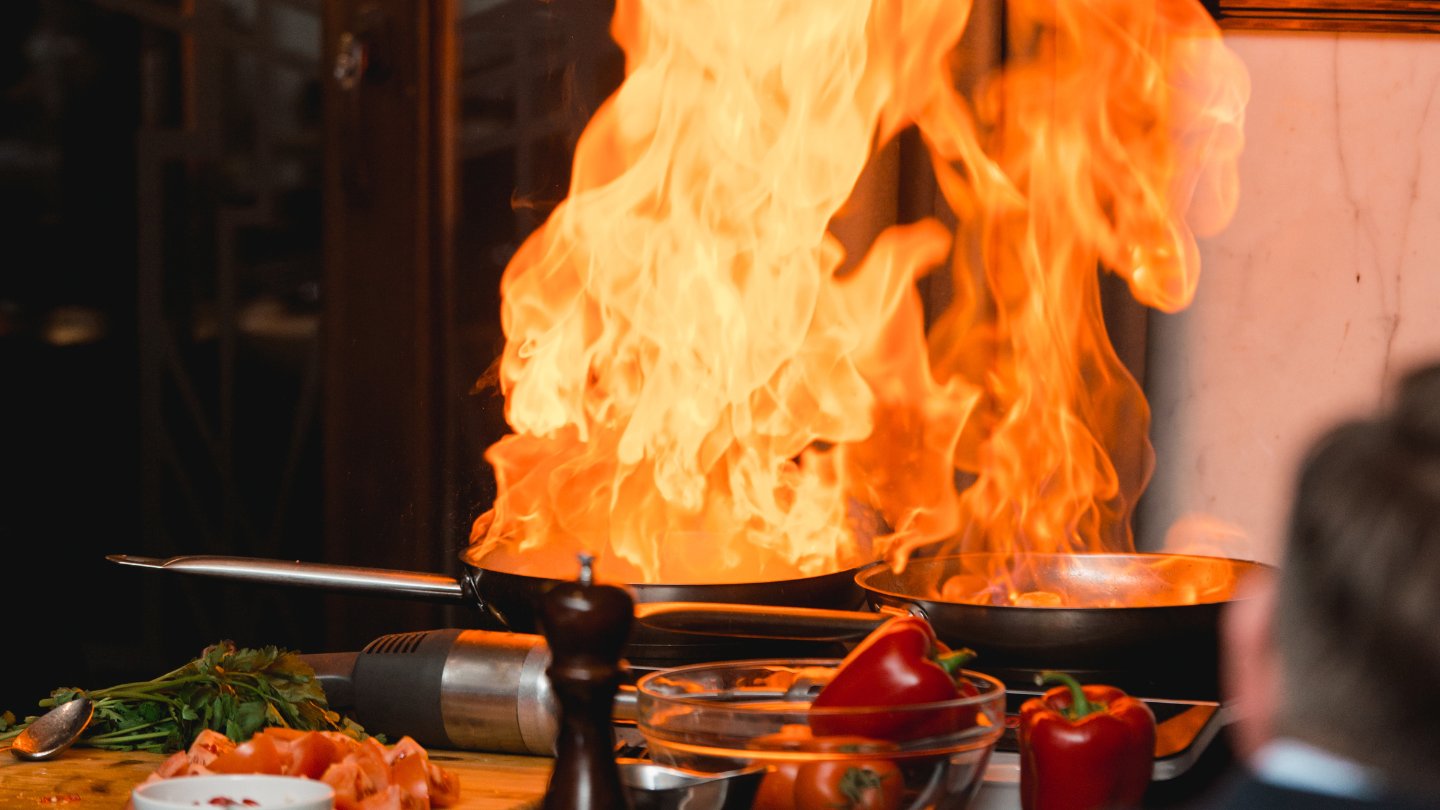

Articles
What Should You Do If You See Flames In An Electric Skillet Or Pan On The Cooktop
Modified: August 30, 2024
Discover the best actions to take if you spot flames in an electric skillet or pan on the cooktop. Read our insightful article for expert advice and safety tips.
(Many of the links in this article redirect to a specific reviewed product. Your purchase of these products through affiliate links helps to generate commission for Storables.com, at no extra cost. Learn more)
Introduction
Electric skillets and pans are a convenient and popular cooking appliance in many households. They provide the ability to cook a variety of foods with ease and efficiency. However, like any electrical appliance, there is always a potential risk of accidents or malfunctions that can lead to fires. Knowing what to do in such a situation is crucial for your safety and the safety of others in your home.
Seeing flames in your electric skillet or pan on the cooktop can be a frightening experience, but it is important to stay calm and react quickly. In this article, we will discuss the necessary steps to take if you encounter this situation. Understanding the potential dangers, the proper actions to take, and preventive measures will help you handle the situation effectively and minimize the risk of injury or property damage.
Key Takeaways:
- Stay calm, turn off the power, and never use water to extinguish flames in an electric skillet. Smother the fire with a lid or baking sheet, and if necessary, use baking soda or salt. Always prioritize safety and consider evacuating if the situation escalates.
- Contact emergency services if the fire is out of control, and assess the situation afterward to ensure the fire is fully extinguished. Implement preventive measures such as using compatible cookware and practicing safe cooking habits to minimize the risk of future fires.
Understanding the Potential Dangers
Before discussing the actions to take when encountering flames in an electric skillet or pan, it is important to understand the potential dangers associated with this situation. Electric skillets operate by heating a metal cooking surface using electricity, and they generally have temperature control settings to regulate the heat. However, certain circumstances can cause these appliances to malfunction or lead to a fire.
One primary risk is an electrical malfunction within the skillet itself. This can occur due to a faulty heating element, damaged wiring, or a short circuit. If the electrical components of the skillet become compromised, it can result in an electrical fire.
Another potential danger is the use of incompatible or flammable cooking materials. Certain types of cookware or utensils, such as plastic or paper, can melt or catch fire when in direct contact with a hot skillet. Additionally, if oil or grease from cooking spills onto the heating element, it can ignite and cause flames.
Furthermore, neglecting to monitor the skillet while it is in use can be hazardous. Leaving the appliance unattended for extended periods or setting the heat to a high level can cause food to burn, leading to smoke or even flames.
It is essential to be aware of these potential dangers and exercise caution when using an electric skillet. Regular maintenance, proper use of compatible cookware, and attentive cooking practices can help reduce the risks associated with these appliances.
Steps to Take Immediately
When you see flames in your electric skillet or pan on the cooktop, it is crucial to take immediate action. Follow these steps to ensure your safety and minimize the risk of injury or property damage:
- Stay calm: It is natural to feel scared or panicked, but staying calm will allow you to think more clearly and take appropriate actions.
- Turn off the power: The first step is to safely turn off the power supply to the electric skillet. Locate the power switch or unplug the skillet from the electrical outlet. This will help prevent the flames from getting bigger.
- Do not use water: Do not attempt to extinguish the flames with water. Water and electricity can be a dangerous combination and may lead to electrical shocks or spread the fire. Water may also cause hot oil or grease to splatter, leading to burns.
- Smother the flames: If the flames are small and manageable, you can try to smother them with a heavy lid, baking sheet, or a fire blanket. Place the smothering object over the skillet to cut off the oxygen supply and suffocate the flames. Avoid using plastic materials, as they can melt.
- Use baking soda or salt: If the flames are not extinguished with smothering, you can try using baking soda or salt. Sprinkle a generous amount of either substance over the flames to help suppress them.
It is important to remember that safety should always be your number one priority. If the flames are growing rapidly, spreading, or you are unsure how to handle the situation, do not hesitate to evacuate the area and call emergency services.
Once the flames are under control or extinguished, it is crucial to assess the situation and take necessary steps to prevent future incidents. This includes inspecting the skillet for any damages and cleaning any residue or debris left behind.
Turning off the Power
When you encounter flames in your electric skillet or pan, your first priority should be to turn off the power supply to the appliance. This step is crucial in preventing further escalation of the fire. Here’s how to safely turn off the power:
- Unplug the skillet: If the skillet is plugged into an electrical outlet, reach behind and unplug it. Ensure that you use a dry cloth or oven mitts to protect your hands from potential heat.
- Look for a power switch: Some electric skillets come equipped with a power switch located on the appliance itself. If you can locate a power switch, simply flip it to the off position.
- If necessary, cut off the power supply: If the flames persist or you are unable to unplug the skillet or find a power switch, locate the circuit breaker or fuse box that controls the electricity to the kitchen. Switch off the corresponding circuit or remove the fuse to cut off the power supply.
It is essential to act swiftly when turning off the power to a skillet on fire. Delaying this step can allow the flames to grow and spread, increasing the danger to yourself and your surroundings.
Once the power is successfully turned off, do not attempt to use the skillet again until it has been thoroughly inspected and deemed safe. Contact a professional to assess any potential damage or malfunction in the appliance before using it again.
Smothering the Flames
When you see flames in your electric skillet or pan on the cooktop, it is important to take immediate action to extinguish them. One effective method is to smother the flames, cutting off their oxygen supply and suffocating them. Here are the steps to safely smother the flames:
- Keep a lid or baking sheet handy: Ensure that you have a heavy, heat-resistant lid or a baking sheet readily available in your kitchen. These items can be used to smother the flames effectively.
- Turn off the heat source: If the electric skillet has adjustable heat settings, turn the heat off to avoid further fueling the fire.
- Place the lid or baking sheet over the flames: Carefully pick up the lid or baking sheet and position it over the skillet. Make sure to cover the entire surface area to prevent any air from reaching the flames. Be cautious not to burn yourself in the process by using oven mitts or a cloth.
- Leave the lid or baking sheet in place: Once the lid or baking sheet is placed over the skillet, do not remove it immediately. Leave it in place for a few minutes to allow the flames to be suffocated and extinguished.
- Monitor the situation: After a few minutes, cautiously lift the lid or baking sheet to check if the flames have been completely extinguished. If needed, repeat the smothering process until the flames are fully controlled.
Remember, it is crucial to exercise caution and prioritize your safety when attempting to smother the flames. If the flames are too large, spreading rapidly, or you are unsure about your ability to handle the situation, it is best to evacuate the area and call emergency services. Do not attempt to smother the flames if it puts you at risk of injury.
Smothering the flames is an effective method to extinguish small fires in the electric skillet. However, it is important to follow up by assessing the situation, contacting professionals if necessary, and implementing preventive measures to avoid similar incidents in the future.
Using a Fire Extinguisher (if available)
When faced with a fire in your electric skillet or pan that is beyond your control, it is important to have a fire extinguisher on hand as a safety measure. Using a fire extinguisher can help you quickly and effectively suppress the flames and minimize the risk of further damage. Here’s what you need to know about using a fire extinguisher:
- Assess the situation: Before attempting to use a fire extinguisher, evaluate the fire’s size, stability, and potential for spreading. If the flames are small and contained within the skillet, and you feel confident and safe in your ability to operate the fire extinguisher, proceed with caution.
- Choose the correct fire extinguisher: Different types of fire extinguishers are suitable for different types of fires. Look for a fire extinguisher that is specifically designed for use on electrical fires. The extinguisher should have a “C” rating, indicating its ability to extinguish electrical fires safely.
- Read the instructions: Familiarize yourself with the operation of the fire extinguisher by reading the instructions on the label. Ensure that you understand the proper method of activation and use before attempting to extinguish the fire.
- Remember the acronym P.A.S.S: When using a fire extinguisher, remember the acronym P.A.S.S, which stands for:
- Pull the pin.
- Aim at the base of the fire.
- Squeeze the handle to discharge the extinguishing agent.
- Sweep from side to side to cover the fire with the extinguishing agent.
- Keep a safe distance: Stand at a safe distance from the fire, typically around 6-8 feet, while aiming and discharging the fire extinguisher. Move closer to the fire only if it is safe to do so.
- Continue to monitor and evacuate: After using the fire extinguisher, keep a close eye on the area to ensure that the flames do not reignite. If the fire rekindles or you are unable to control it, evacuate the area immediately and call emergency services.
Remember, it is crucial to prioritize your safety when using a fire extinguisher. If you are unsure about your ability to operate the extinguisher or if the fire is too large and spreading rapidly, evacuate the area, and call emergency services for assistance. Only attempt to use a fire extinguisher if you have been properly trained and feel confident in doing so.
After using a fire extinguisher, it is essential to have the electric skillet inspected by a professional before using it again. Additionally, take the necessary steps to prevent future fires by following proper cooking guidelines and practicing preventative measures.
If you see flames in an electric skillet or pan on the cooktop, immediately turn off the heat source and cover the pan with a metal lid or baking sheet to smother the flames. Do not use water to extinguish the fire. If the fire does not go out, evacuate the area and call the fire department.
Evacuating the Area if Necessary
In some situations, the fire in your electric skillet or pan may be too large, spreading rapidly, or uncontrollable. In these cases, your safety is of utmost importance, and it is crucial to evacuate the area immediately. Here are the steps to follow when evacuating:
- Stay calm: Although it can be frightening to see a fire growing out of control, it is vital to stay calm and composed. Panicking can impair your judgment and hinder your ability to take appropriate actions.
- Alert others: If there are other people in the vicinity, make sure to alert them about the fire and the need to evacuate. Shouting “Fire!” or activating a smoke alarm, if available, can help notify others in the building.
- Leave the area immediately: Exit the area and close the door behind you to prevent the fire from spreading further. Avoid using elevators and take the nearest stairwell or designated escape route to evacuate the building.
- Stay low if there is smoke: If you encounter smoke while evacuating, stay low to the ground where the air is cooler and less toxic. Cover your mouth and nose with a cloth or a damp cloth to filter the smoke.
- Do not re-enter the building: Once you have evacuated, do not attempt to re-enter the building under any circumstances. Wait for emergency personnel to arrive and handle the situation.
It is crucial to prioritize your safety and the safety of others when evacuating. Do not attempt to retrieve personal belongings or valuables during an evacuation if it puts you at risk. Remember that material possessions can always be replaced, but lives cannot.
After evacuating, call emergency services and provide them with accurate information regarding the fire. Inform them about the location, the size of the fire, and any potential hazards they should be aware of upon arrival.
Once the fire has been extinguished and the area has been deemed safe by authorities, follow their instructions and guidelines for reentering the premises.
Remember, evacuating the area during a fire is a critical step to ensure your safety and the safety of others. It is always better to err on the side of caution and seek professional help in dealing with a fire that is beyond your ability to control.
Contacting Emergency Services
When facing a fire in your electric skillet or pan that is out of control or posing a significant risk, it is crucial to contact emergency services immediately. Promptly notifying the appropriate authorities can ensure a swift response and professional assistance. Here are the steps to follow when contacting emergency services:
- Assess the severity of the situation: Evaluate the size of the fire, its rate of spread, and any potential hazards present. If the fire is growing rapidly, spreading, or posing a threat to your safety or the safety of others, do not hesitate to call emergency services.
- Dial the emergency number: In most countries, the emergency number is 911. However, it is essential to know and use the correct emergency number for your country or region. Keep a list of emergency numbers near your phone or stored in your mobile device for quick reference.
- Provide accurate information: When speaking to the emergency operator, remain calm and provide accurate and concise information about the fire. Stay on the line until the operator tells you it is safe to hang up, as they may need additional details or instructions.
- Explain the situation: Clearly communicate that there is a fire in your electric skillet or pan and describe any other pertinent information, such as the location of the fire and any potential dangers or challenges that emergency personnel may encounter.
- Follow the instructions given: The emergency operator may provide guidance on what to do while waiting for help to arrive. Follow their instructions carefully and take any necessary precautions to ensure your safety and the safety of those around you.
- Provide updates if the situation changes: If the fire conditions change or you notice any significant developments while waiting for emergency services, contact them again and provide updated information. This will help them assess the situation accurately and respond effectively.
Remember, contacting emergency services should be done as soon as you recognize that the fire is beyond your control or poses a serious threat. Professional firefighters are trained to handle these situations and have the necessary equipment to extinguish the fire safely.
While waiting for emergency services to arrive, prioritize your safety and the safety of others by following evacuation procedures and staying clear of the fire. Do not attempt to re-enter the area until it has been deemed safe by the authorities.
Contacting emergency services promptly can significantly minimize the potential damage caused by a fire in your electric skillet or pan and ensure the well-being of everyone involved.
Assessing the Situation Afterward
After dealing with a fire in your electric skillet or pan, it is important to assess the situation to determine the extent of the damage and take any necessary steps to restore safety. Here are the key points to consider when assessing the situation:
- Ensure the fire is completely extinguished: Before inspecting the area, make sure that the fire in the electric skillet is fully extinguished. Check for any visible smoke, lingering smells of burnt material, or signs of residual heat.
- Review the damage: Assess the damage caused by the fire. Look for any structural damage to the skillet, cooktop, or surrounding area. Check for any melted or deformed components in the skillet that may have been affected by the fire.
- Check for potential hazards: Inspect the area for any potential hazards, such as exposed wires, damaged electrical outlets, or lingering smoke. Address these hazards before using the electric skillet or returning to normal kitchen activities.
- Clean up any residue: If there is residue or debris left behind from the fire, carefully clean it up. Use appropriate cleaning materials, taking care not to spread or further damage any residue. If there is extensive damage or you are unsure about proper cleanup, consult a professional restoration service.
- Inspect the electrical system: If the fire in the electric skillet was caused by an electrical malfunction, it is essential to have the electrical system inspected by a licensed electrician. They can identify any underlying issues or faulty components and take the necessary steps to ensure the safety of your electrical system.
- Consider professional assessment: Depending on the severity of the fire and the extent of the damage, it may be prudent to consult professionals, such as a fire damage restoration company or appliance repair technicians, to assess the situation thoroughly. They can provide expert guidance on repair, replacement, or any necessary safety measures.
Remember, safety should always be a top priority when assessing the aftermath of a fire. If you are unsure about the extent of the damage or concerned about potential risks, consult professionals for assistance. They have the expertise and tools to identify any hidden dangers and provide appropriate solutions.
Once you have completed the assessment and necessary repairs or safety measures, you can decide whether it is safe to continue using the electric skillet. Regular maintenance, including cleaning and inspection, can help prevent future fires and ensure the safe operation of the appliance.
Preventive Measures to Avoid Electric Skillet Fires
Preventing fires in your electric skillet is crucial for the safety of yourself, your family, and your home. Fortunately, there are several preventive measures you can take to minimize the risk of electric skillet fires. Here are some essential steps you can follow:
- Follow product instructions: Read and follow the manufacturer’s instructions for your specific electric skillet model. Adhering to the guidelines provided can help ensure safe and proper use of the appliance.
- Use compatible cookware: Always use cookware that is compatible with an electric skillet. Avoid using plastic, paper, or other flammable materials near or in direct contact with the heating surface. Non-stick cookware with heat-resistant handles is ideal.
- Ensure a stable cooking surface: Place the electric skillet on a stable and heat-resistant surface. Avoid using the skillet near flammable materials or on uneven surfaces that may cause the skillet to tip over.
- Keep the skillet clean: Regularly clean the electric skillet to remove any accumulated grease or food residue. Grease build-up can increase the risk of fires and hinder the skillet’s performance.
- Monitor cooking at all times: Never leave the electric skillet unattended while it is in use. Stay in the kitchen and keep an eye on the food to prevent it from burning or causing smoke or flames.
- Use appropriate heat settings: Follow the recommended heat settings for the food you are cooking. Avoid setting the heat too high, as it can lead to overheating and potential fires.
- Properly store the skillet: When not in use, ensure the electric skillet is properly stored in a cool, dry place, away from flammable materials. Keep the power cord neatly coiled to prevent damage or accidents.
- Regularly inspect the skillet: Check the power cord, heating element, and control knobs of the electric skillet for any signs of damage or wear. If you notice any issues, have the skillet repaired or replaced by a qualified professional.
- Install smoke detectors: Make sure your kitchen is equipped with functioning smoke detectors. Regularly test them to ensure they are in proper working order and replace batteries as needed.
- Have a fire safety plan: Develop a fire safety plan for your household, which includes knowing the location of fire extinguishers, emergency exits, and how to evacuate safely in case of a fire.
Implementing these preventive measures can significantly reduce the risk of electric skillet fires. By being vigilant and practicing safe cooking habits, you can enjoy the convenience and functionality of your electric skillet with peace of mind.
Conclusion
Flames in an electric skillet or pan on the cooktop can be a distressing and potentially dangerous situation. However, by understanding the potential dangers, knowing the proper steps to take, and implementing preventive measures, you can effectively handle these incidents and minimize the risk of injury or property damage.
When encountering flames in your electric skillet, remember to stay calm and act quickly. Turn off the power supply to the skillet, avoid using water, and smother the flames with a heavy lid or baking sheet. If necessary, use a fire extinguisher or evacuate the area and contact emergency services for assistance.
Assess the situation afterward to evaluate the extent of the damage and address any potential hazards. Take the necessary steps to clean up any residue and have the electric skillet inspected if needed. Implement preventive measures such as proper maintenance, using compatible cookware, and practicing safe cooking habits to reduce the risk of future fires.
By following these guidelines and prioritizing safety, you can enjoy the convenience of your electric skillet while minimizing the potential hazards associated with cooking appliances. Remember, vigilance and caution are key when it comes to fire prevention, and being prepared can make all the difference in protecting yourself and loved ones.
Frequently Asked Questions about What Should You Do If You See Flames In An Electric Skillet Or Pan On The Cooktop
Was this page helpful?
At Storables.com, we guarantee accurate and reliable information. Our content, validated by Expert Board Contributors, is crafted following stringent Editorial Policies. We're committed to providing you with well-researched, expert-backed insights for all your informational needs.
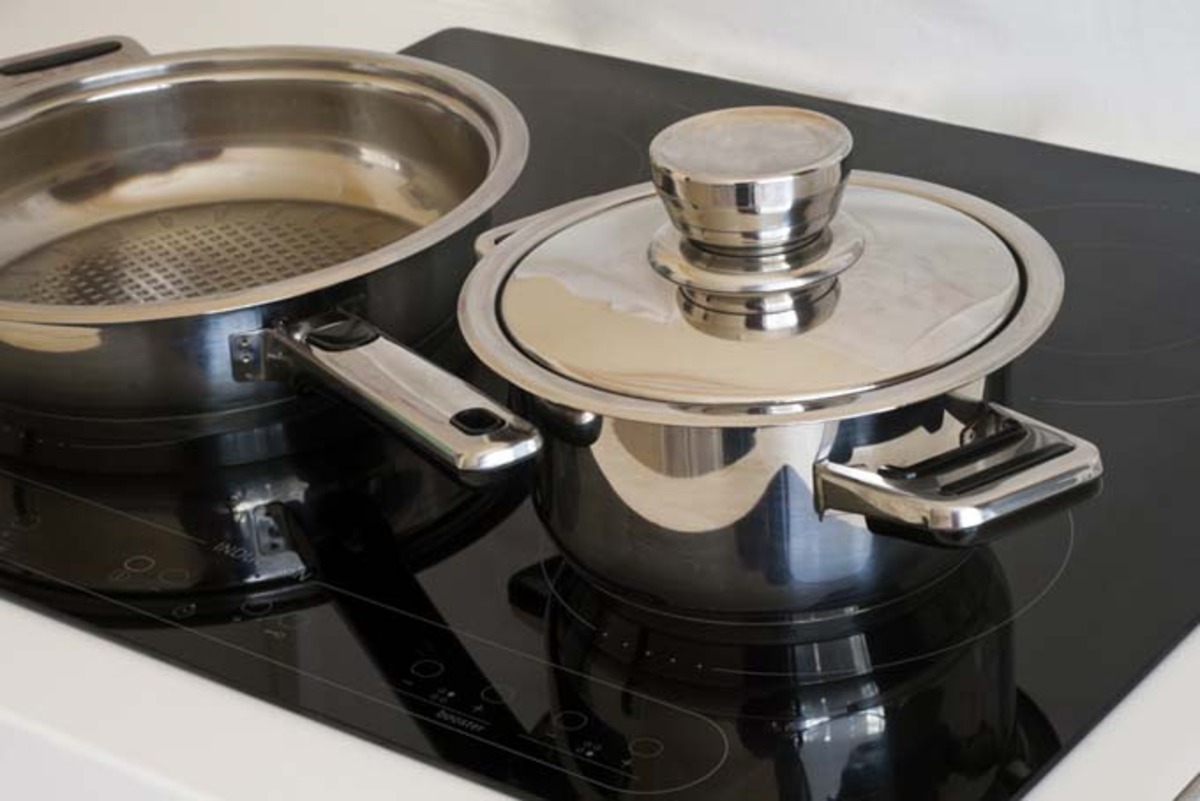


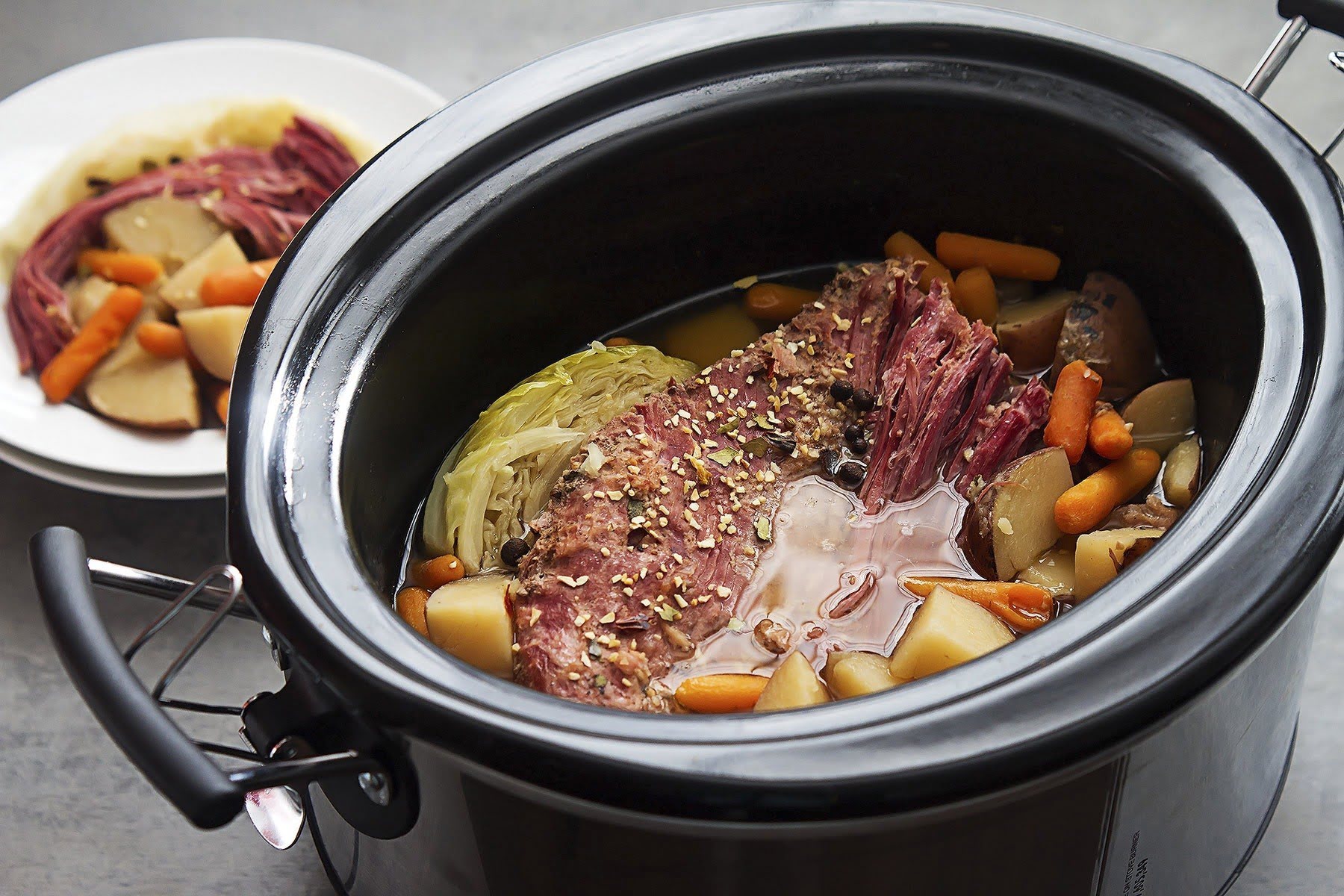
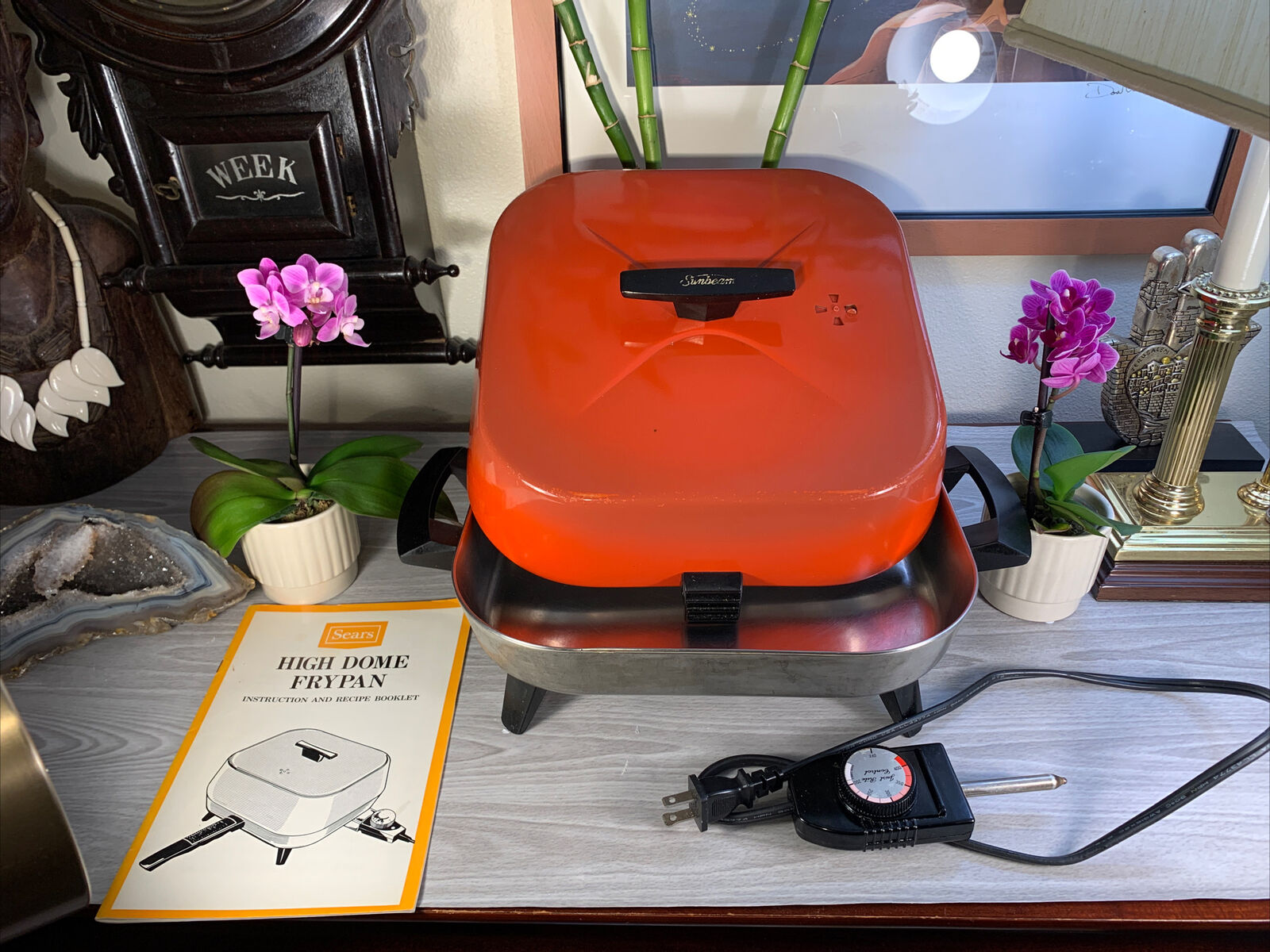
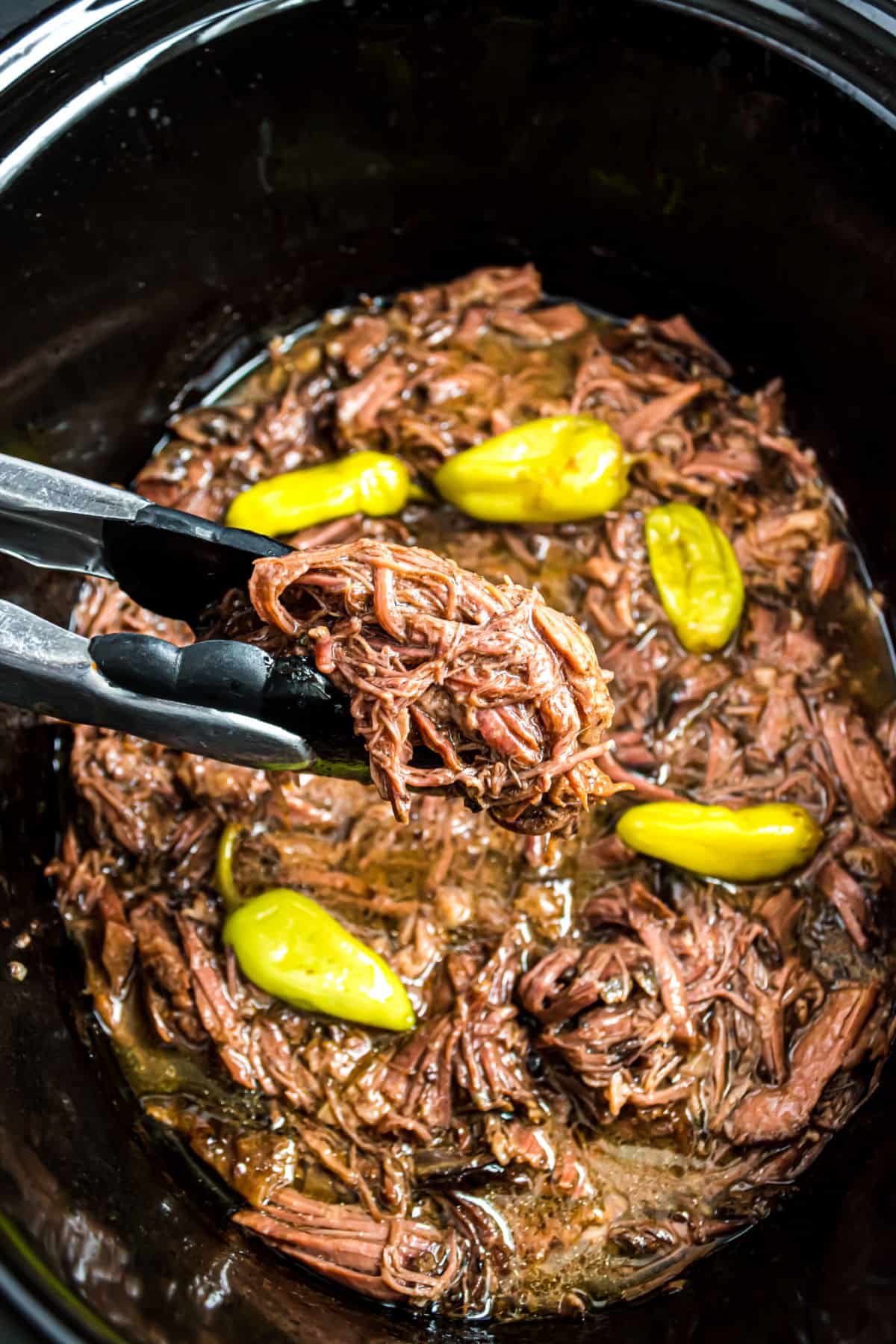
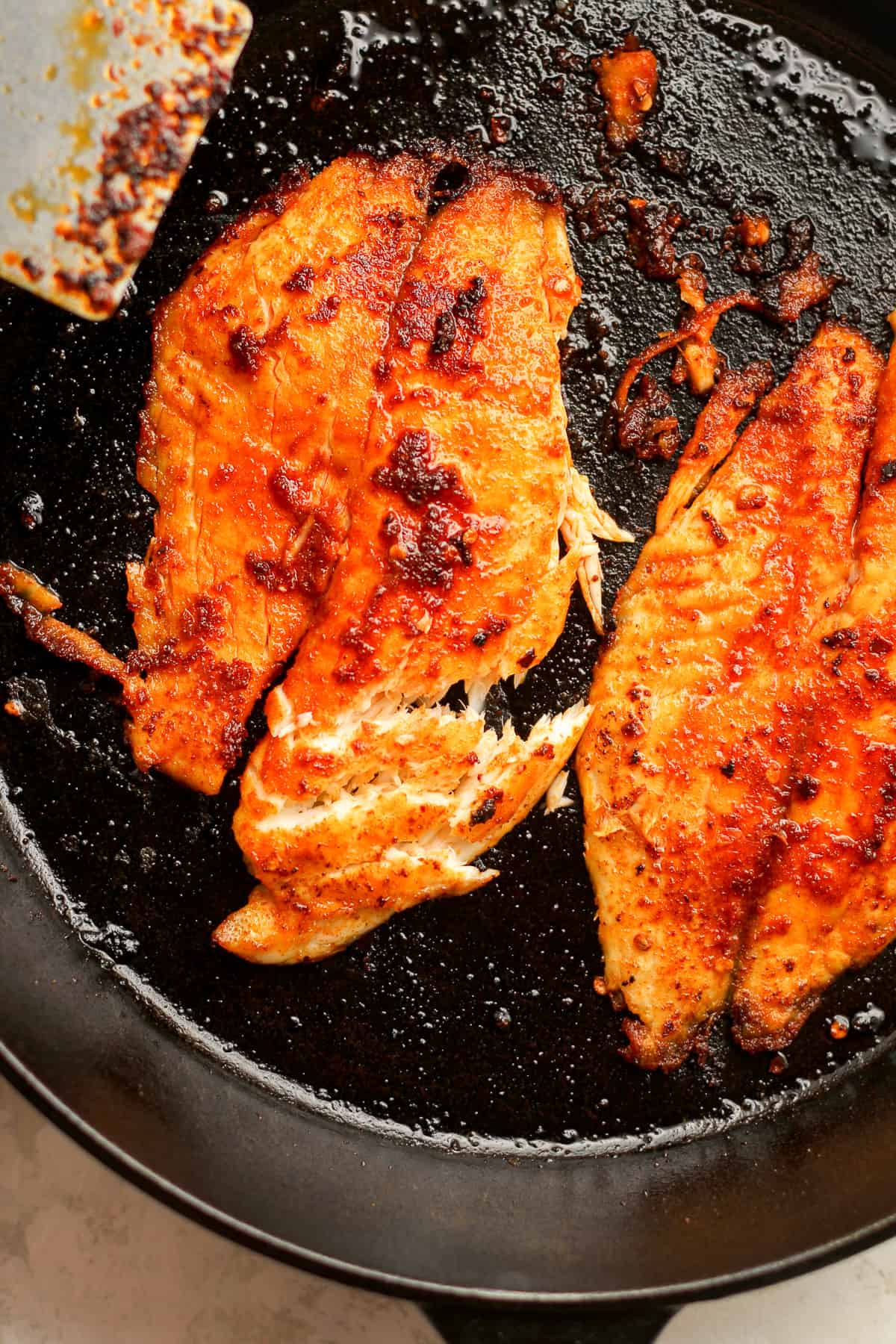
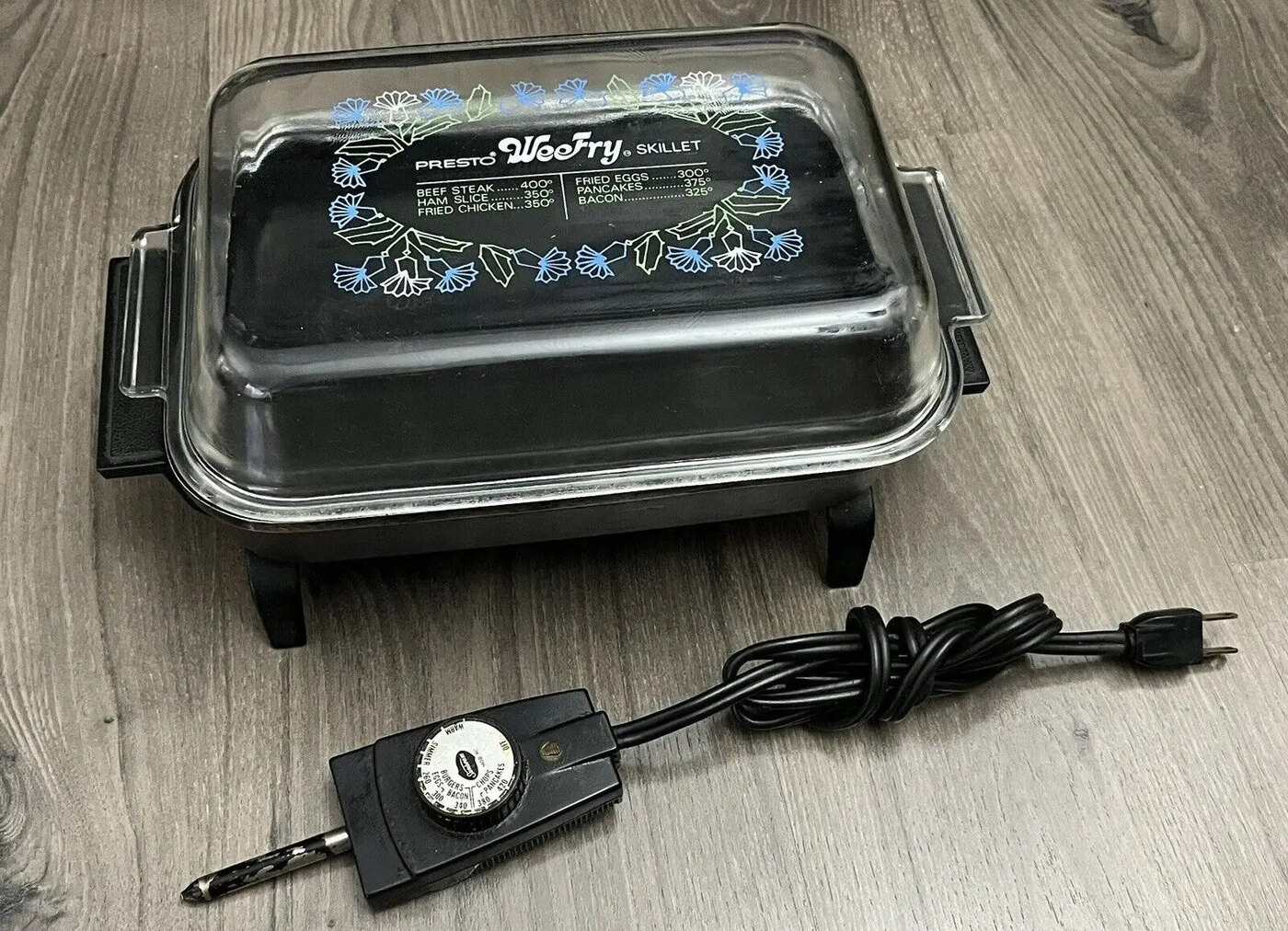

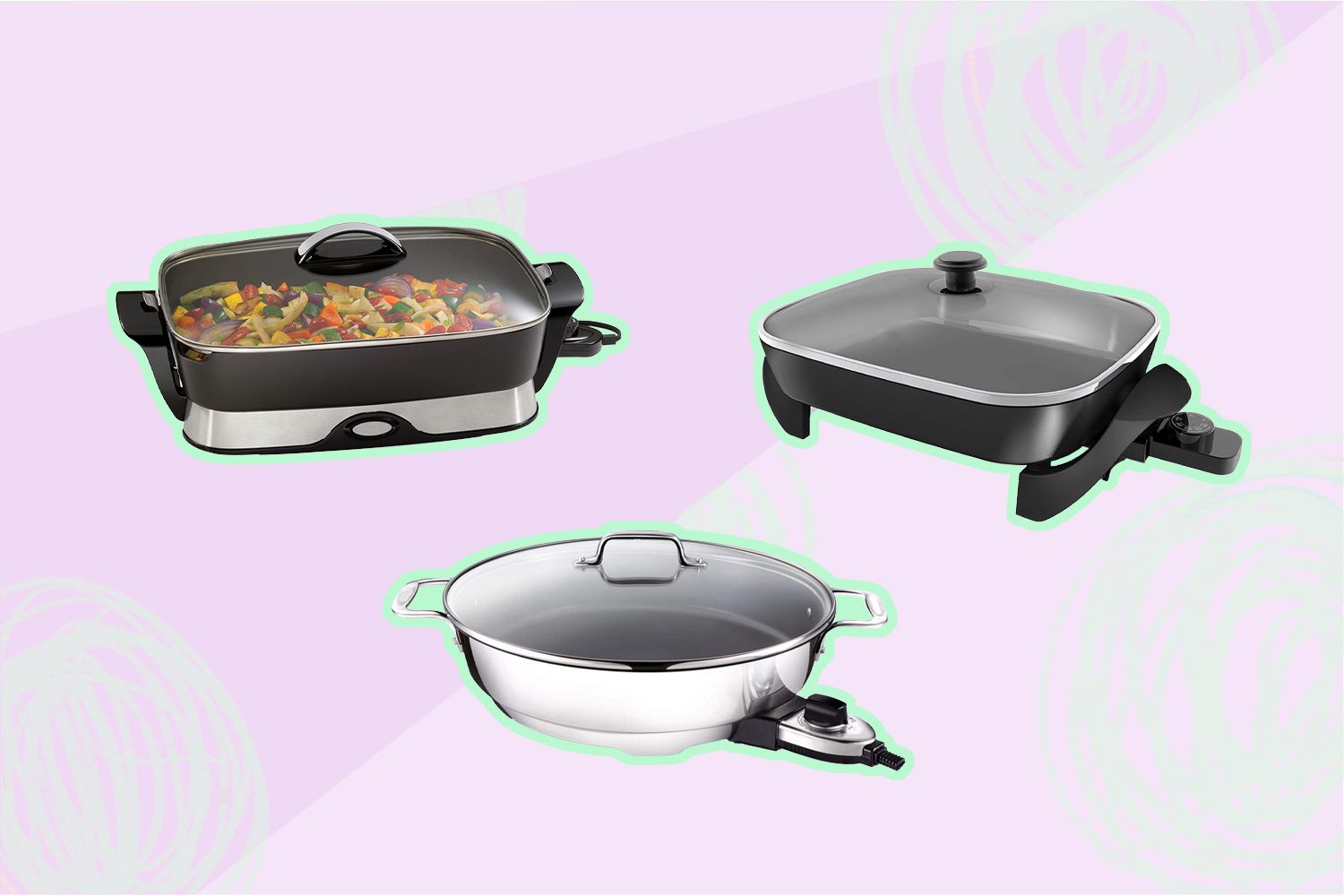
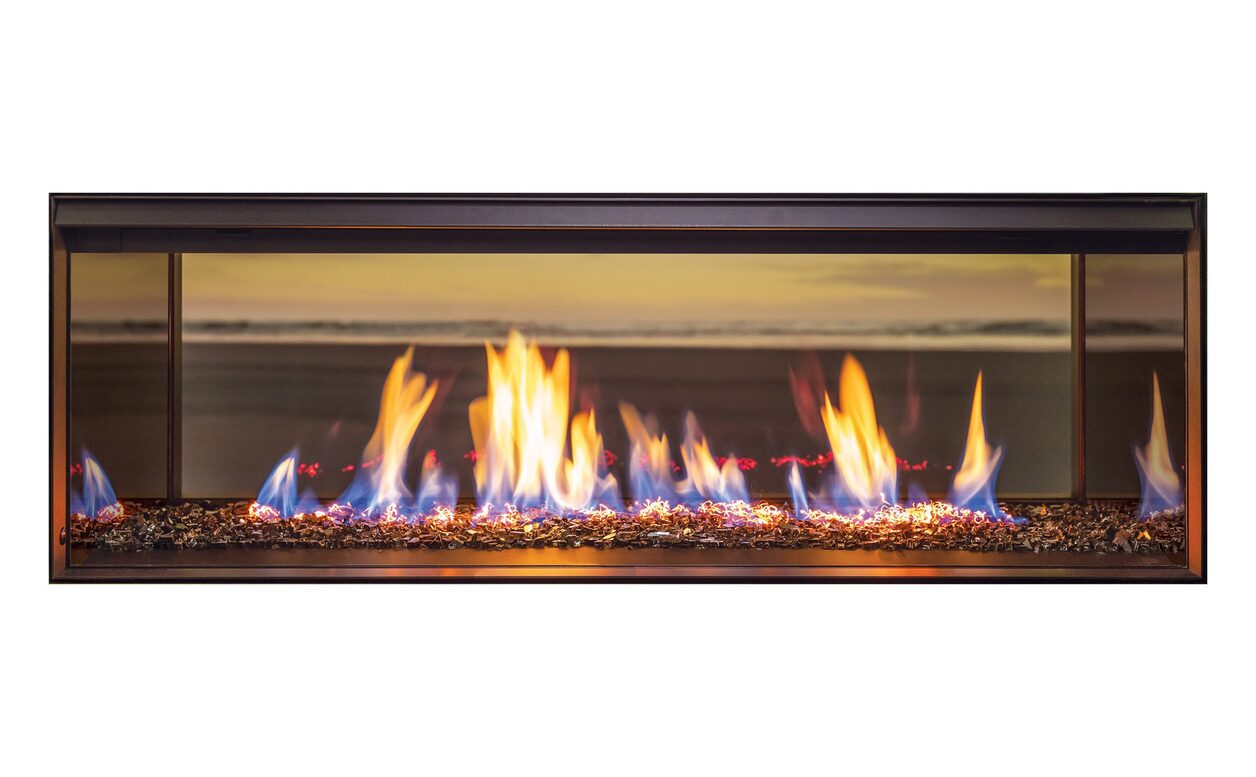

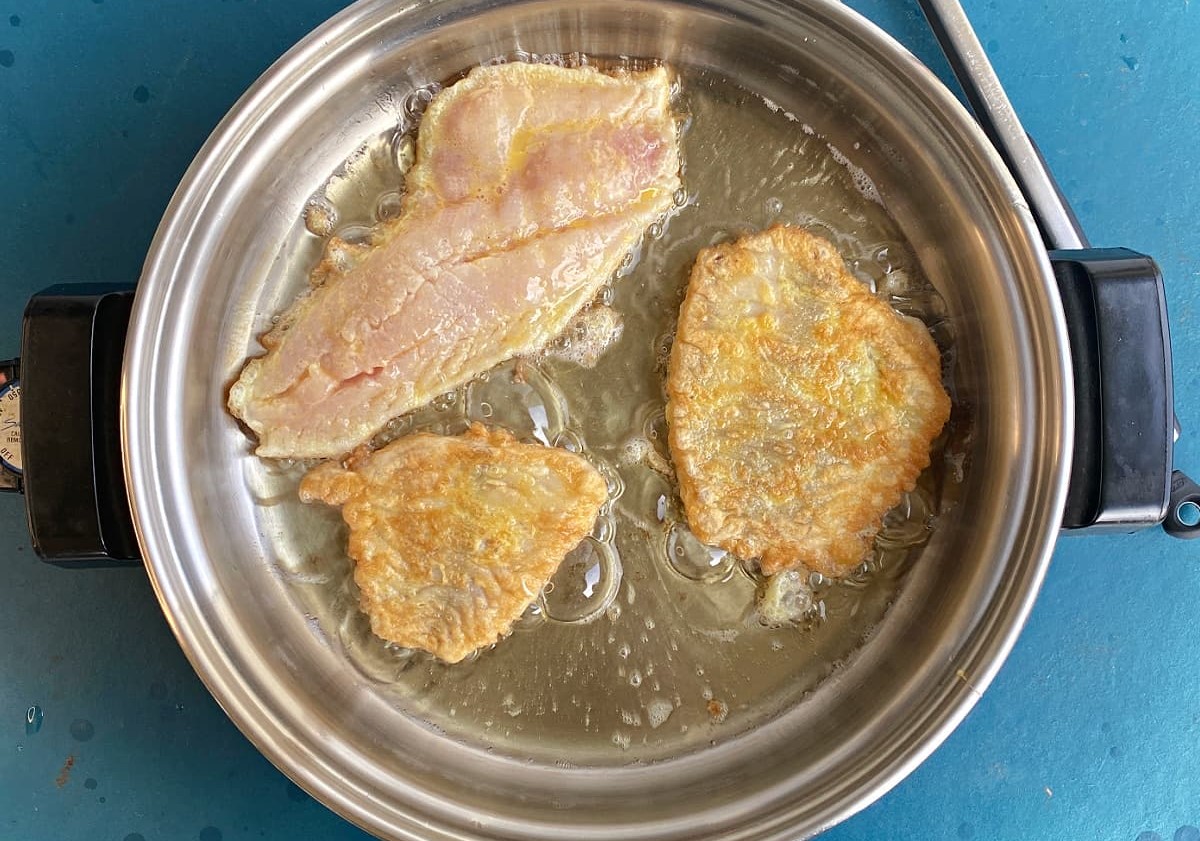

0 thoughts on “What Should You Do If You See Flames In An Electric Skillet Or Pan On The Cooktop”